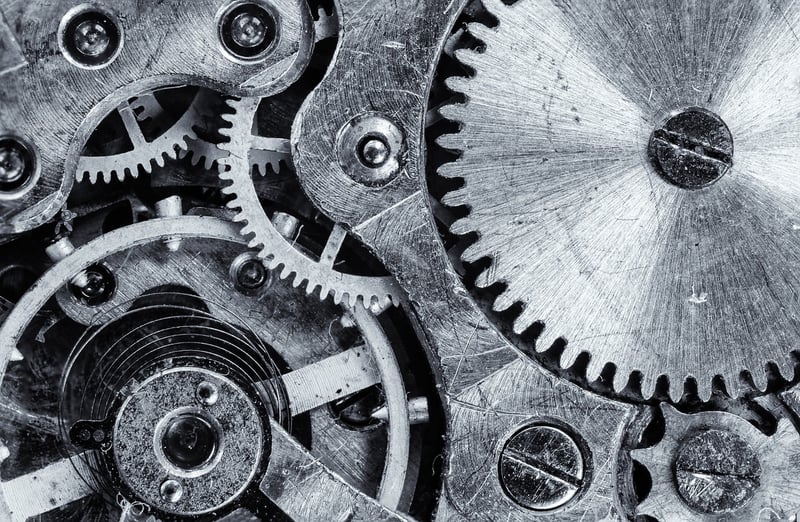Machine Mechanics
The Fascinating World of Machine Mechanics
Understanding the mechanisms and devices that power our world is essential for professionals in various fields, from engineering to manufacturing. Machine mechanics, in particular, plays a crucial role in ensuring that devices function efficiently and reliably. Let's delve into the intricate world of machine mechanics and explore some of the key concepts that drive innovation and progress.
The Basics of Machine Mechanics
At its core, machine mechanics involves the study of how forces and motion interact to create mechanical systems. These systems can range from simple machines like levers and pulleys to complex industrial equipment used in manufacturing processes. By understanding the principles of machine mechanics, engineers can design machines that optimize performance while minimizing energy consumption.
Key Components of Machine Mechanics
Several key components play a vital role in machine mechanics, including:
- Gears: Gears are essential for transferring motion from one part of a machine to another. They help control speed, torque, and direction, making them indispensable in various mechanical systems.
- Rotary Systems: Rotary systems, such as engines and turbines, convert rotational motion into useful work. These systems are prevalent in vehicles, power plants, and other mechanical applications.
- Linkages: Linkages are mechanisms composed of rigid bodies connected by joints. They are crucial for creating complex motions in machines, such as those found in robotic arms and steering systems.
Applications of Machine Mechanics
Machine mechanics finds applications in numerous industries, including:
- Automotive: In the automotive industry, machine mechanics is essential for designing engines, transmissions, and suspension systems that ensure vehicles operate smoothly and efficiently.
- Aerospace: Aerospace engineers rely on machine mechanics to develop aircraft components that withstand extreme conditions and deliver optimal performance in the skies.
- Manufacturing: In manufacturing settings, machine mechanics is used to design production lines, robots, and other equipment that streamline processes and enhance productivity.
Future Trends in Machine Mechanics
As technology advances, machine mechanics continues to evolve. Some key trends shaping the future of machine mechanics include:
- Automation: The rise of automation is transforming the way machines operate, leading to increased efficiency and precision in various industries.
- Smart Systems: The integration of sensors and data analytics is enabling machines to become smarter, allowing for real-time monitoring and predictive maintenance.
- Additive Manufacturing: Technologies like 3D printing are revolutionizing machine design and production, offering new possibilities for creating complex geometries and customized components.
Conclusion
Machine mechanics is a fascinating field that drives innovation and progress across industries. By understanding the principles of machine mechanics and staying abreast of emerging trends, professionals can contribute to the development of cutting-edge technologies that shape the future of engineering and manufacturing.

Explore the world of machine mechanics and discover the endless possibilities it offers for creating efficient and reliable mechanical systems.
